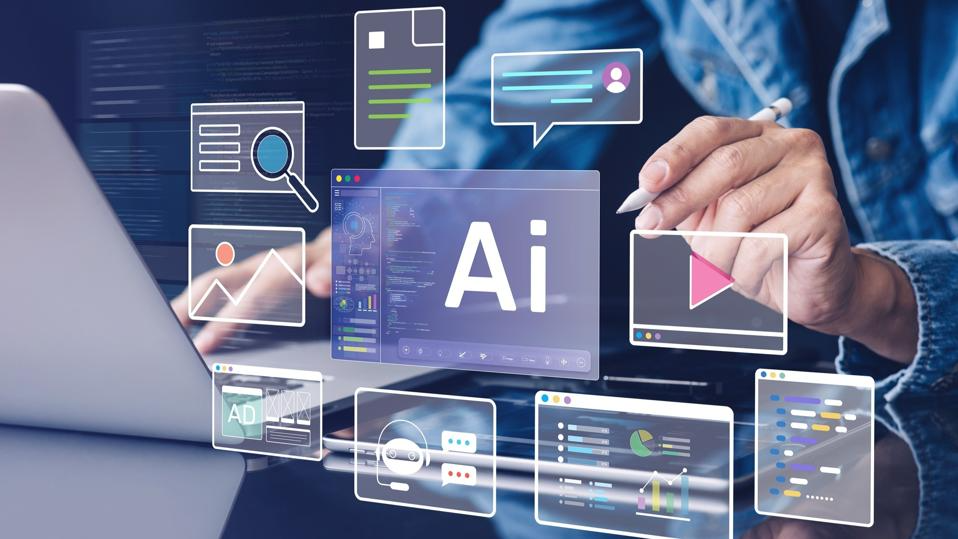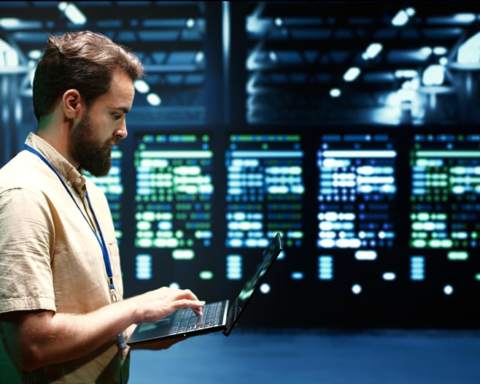Remote work has become a booming phenomenon that redefined the workplace of the present day and gave millions of workers worldwide flexibility, productivity, and comfort. Nevertheless, the change has also introduced other cybersecurity issues that should be handled by organizations. The physical security border has now been broken as employees are able to access the network at home and using personal devices, which has made the digital environment more intricate and vulnerable.
The New Normal of Cybersecurity
In the time when remote work was foreign to many organizations, most of them used centralized security systems in office networks. With firewalls, on-site monitors and access points under control, sensitive data could be easily controlled and safeguarded. Remote working disrupted this model since workers started accessing company systems in different locations, usually through unsecured Wi-Fi connections or personal computers. Such a decentralized setting provided the possibility of security breaches, data leakages and unauthorized access.
Increased Risk of Cyber Threats
Teleworking has turned out to be an ideal victim of cybercrimes. Attacks on phishing, ransomware, and social engineering attempted have soared because remote work became standard. The absence of the same network surveillance as traditional offices results in the employees being most prone to becoming deceived by email or malicious companies through email or websites. In addition, shared devices and home routers are not configured with enterprise-level security settings, which predisposes them.
The Importance of Endpoint Security
Maintaining the security of endpoints is one of the largest issues in the remote work period because employees can access corporate networks by using laptops, tablets, and mobile phones. Multi-factor authentication (MFA), endpoints protection tools, and strong passwords are the essential parts of a secure remote work strategy now. Software updates and security patches should also be made regularly in order to avoid exploitation of known vulnerabilities.
Data Protection Beyond the Office
As information is being relayed through several networks, it has made it hard to have information that is secure. Encryption, VPN (Virtual private Networks) and access control systems have become an essential feature in the protection of sensitive data when performing remote operations. Moreover, the organizations should have proper policies to store, share and destroy digital information by making sure the data protection rules are followed.
The Role of Network-Level Security
Traditional security models that focus only on the internal network are no longer sufficient. Companies now need to implement multiple layers of defense, especially at the network level. A DNS Filtering Solution can play a key role in this approach by blocking access to malicious or inappropriate domains before users even reach them. This helps prevent phishing, malware infections, and data exfiltration attempts — making it a crucial component in the modern cybersecurity framework.
Employee Awareness and Training
Technology will not provide a full protection. Human error is still one of the most notable causes of breach of data. It is necessary to educate employees about cybersecurity best practices, including the ability to identify phishing emails, secure passwords, and avoidance of public Wi-Fi. The threat of cyber incidents can be minimized with the help of regular awareness campaigns and simulated attack training.
Building a Zero-Trust Security Model
Zero Trust is an idea that has become widespread considering the increasing remote work. Zero Trust does not presume that all the things in a network are safe but instead constantly checks all users and devices. This model is focused on managing identity strictly, separating network access, and continuous monitoring, so that only legitimate and authorized individuals may get access to the company resources.
Looking Ahead
Remote work has also changed the mindset of organizations regarding cybersecurity. Although it has created new weaknesses, it has also led to more sophisticated, adaptable, and strong security systems among businesses. Due to the increased permanence of hybrid and remote work models within the contemporary workplace, ongoing adherence and investment into cybersecurity will become an indispensable element of ensuring the safety of data and retaining trust.








